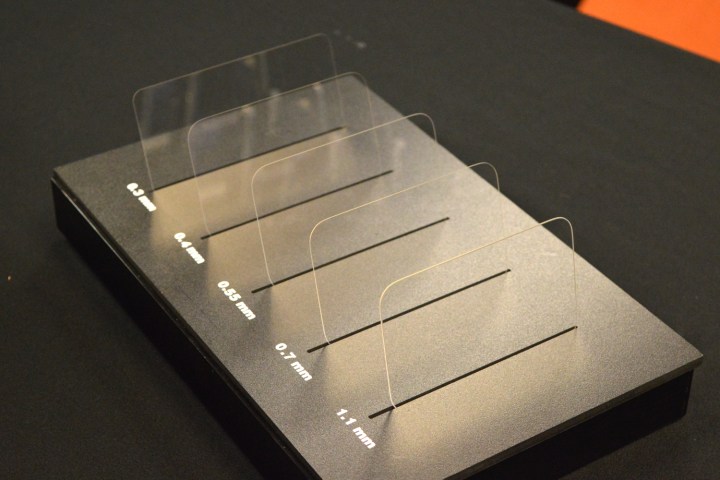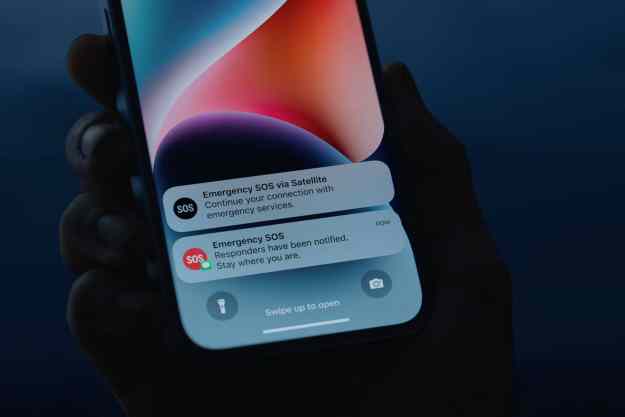
Gorilla Glass is known for its strength, and is used by a huge range of phone manufacturers — in fact, according to Corning, Gorilla Glass is or has been used by all major device manufacturers at some point, even if they don’t disclose it.
Perhaps what sets Gorilla Glass 5 apart from previous versions of the glass is that it was tested to be able to survive everyday drops — while Gorilla Glass 4 was tested for 1 meter (3.3 feet) drops, Corning found that most phones are actually dropped from a little higher than that. That’s why it wanted to develop a glass that could handle 1.6 meter drops — so that if you drop your device while walking around and texting, it’s still going to be able to survive the drop. In fact, according to Corning, two thirds of drops happen from waist height or even higher, making it important that the glass on the device is able to withstand such drops.
Of course, the goal isn’t just to make glass stronger — it’s also to make it thinner. The thickness of Gorilla Glass ranges from around 0.3mm to 1mm, however Corning says it’s testing glass in the 0.1 to 0.2mm range as well, something that could eventually help make phones and wearables thinner while retaining the same strength as previous iterations of Gorilla Glass and even making it stronger.
Unfortunately, Gorilla Glass 5 isn’t available on any devices just yet, but Corning says that manufacturers will start announcing devices featuring it in the next few months and that devices with the new glass will ship before the end of the year.
Editors' Recommendations
- Here’s proof the iPhone can survive being dropped from an airplane at 16,000 feet
- iOS 16.5 is bringing two exciting new features to your iPhone
- Watch the Galaxy S23 Ultra and iPhone 14 Pro Max face off in brutal drop test
- Ranking all 16 iOS versions, from worst to best
- The 5 worst iPhones of all time


